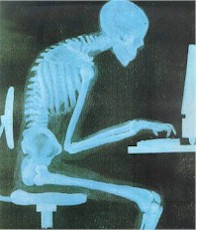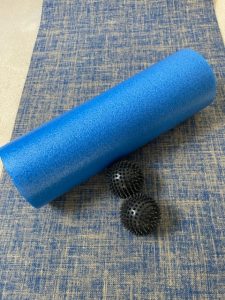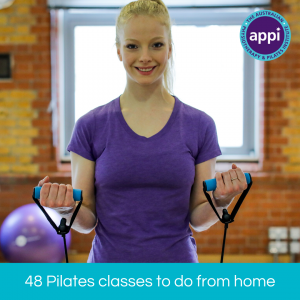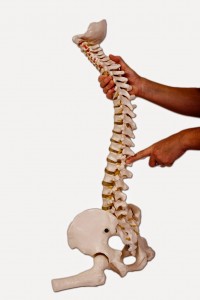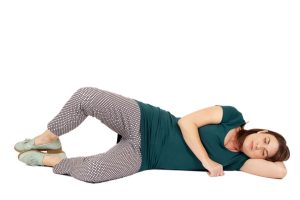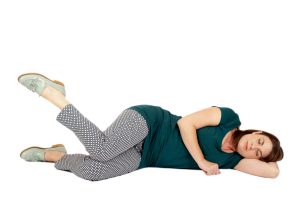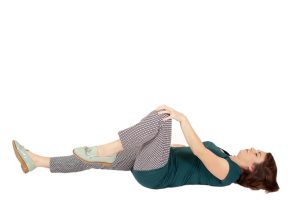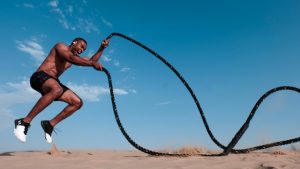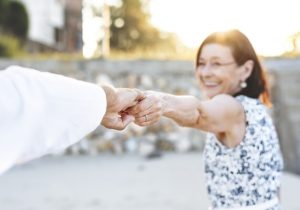A systematic review into the risk of adverse events following manual therapy treatment, concluded that the risk of major adverse events is low. The relative risk of adverse events appeared greater with drug therapy. They did find that about half of manual therapy patients experience “minor to moderate adverse events” after their treatment.
It isn’t uncommon for people to experience a non-serious treatment reaction. The most common of which is feeling muscle soreness or a temporary increase in pain beyond your treatment session. This is most often felt much like the discomfort you might be familiar with – the muscle soreness you can get after an exercise session. It varies, but commonly starts the evening or day after the session, and may be apparent for 1-3 days. A further study found that the majority of these reactions (67%) resolved within 24 hours.
People very often respond the same way to any manual therapy. So if you’ve experienced post-session soreness after chiropractic or physiotherapy sessions, you will probably have the same experience with osteopathic treatment. There are clearly variables that will contribute – a new injury will feel different to a pain that’s lingered for some time, the treatment modality used, the area you’re having worked on, the time in a lady’s menstrual cycle, someone’s emotional state… We all follow rhythms and variations in our bodies which may affect our response to treatment.
I am mindful of people’s treatment reactions following their visit to me and will try to factor this into my treatment plan. Not always, but very often, a reaction gets less or doesn’t occur at all as a treatment course progresses. However some people always follow a familiar pattern to them. I will let you know how to deal with any treatment reaction in your session. Often tactics like hot or cold applications will alleviate any discomfort.
Another common treatment reaction is feeling tired. If you experience this and you’re able to, have a nap. Your body perhaps needs a little rest-time to deal with the problem being experienced.
Following osteopathic treatment:
- Think, rest and regular gentle movement. Don’t go to the gym or embark on a major DIY project. But do stay gently mobile.
- Have a drink of water beyond your session. A hydrated body will work better and respond more swiftly.
- Follow any additional self-care given to you. Such as cold or hot applications. Maybe specific exercises.
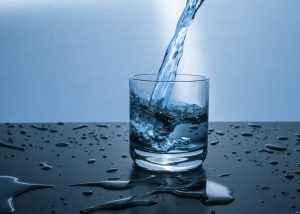
Give me a call if you’re experiencing any problems.

